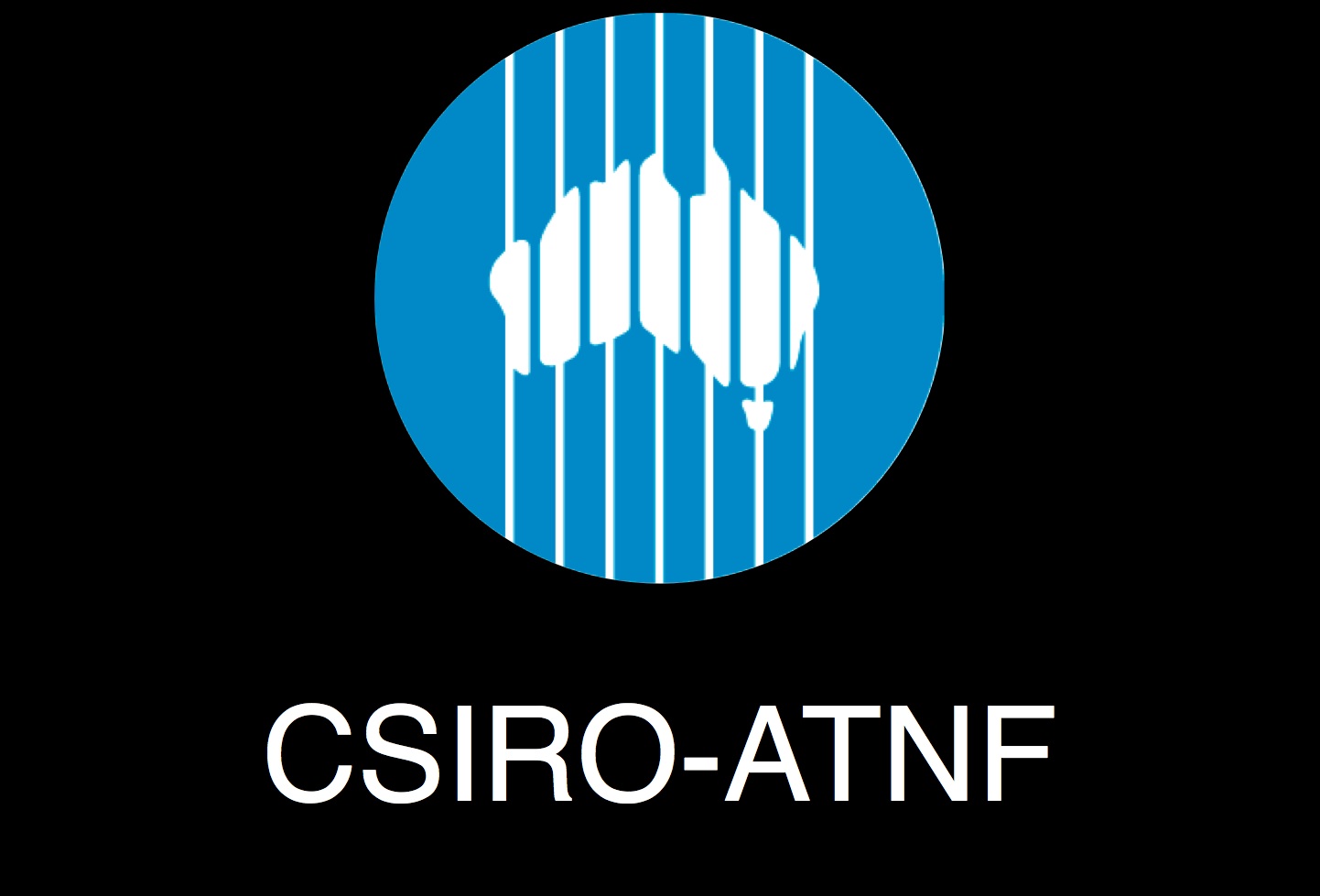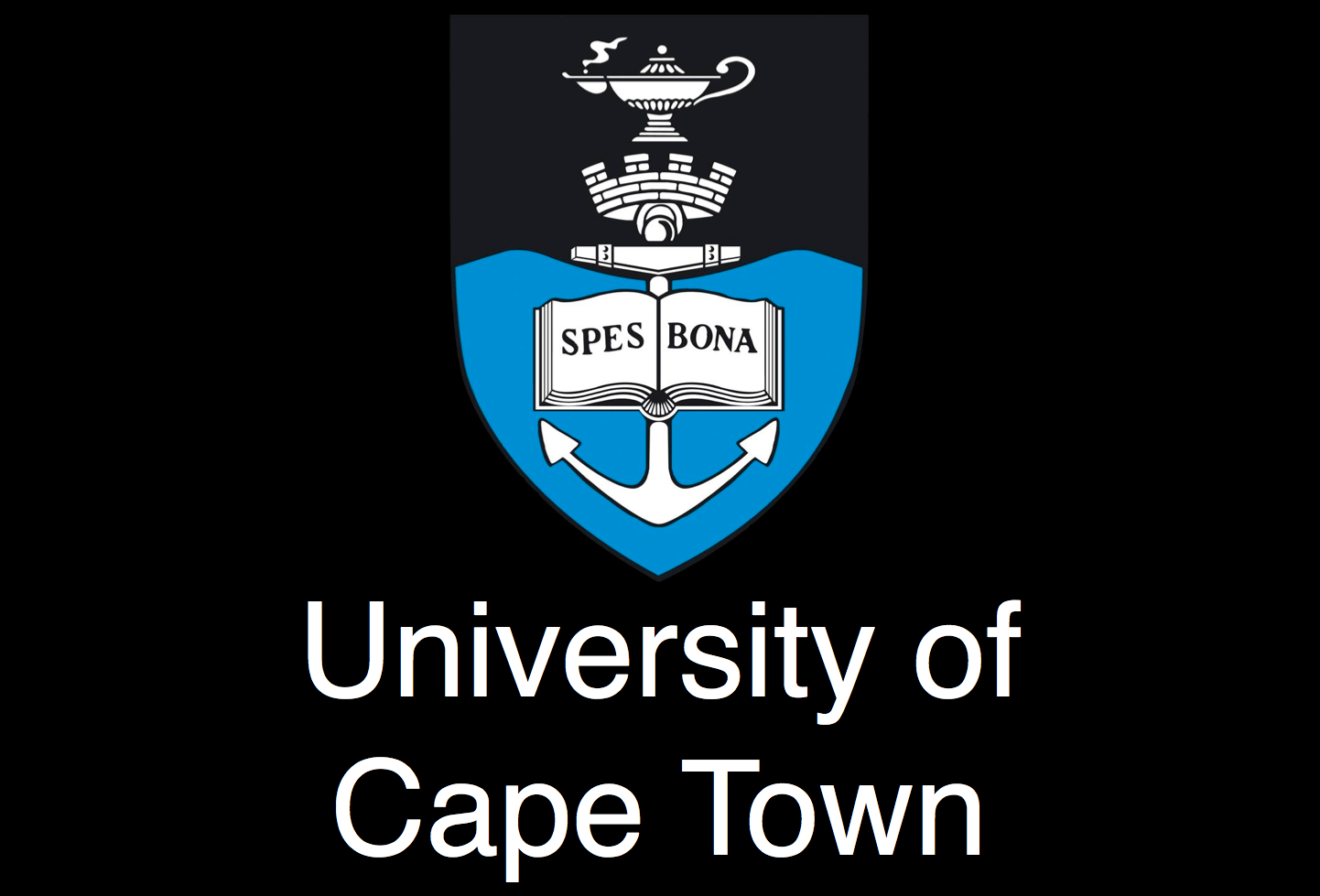Panoramic Radio Astronomy
Wide-field 1-2 GHz research on galaxy evolution
2-5 June 2009, Groningen, the Netherlands
Scientific Rationale
In a burst of renewed vigor enabled by recent technological advancements, radio astronomers around the world are now developing a number of new telescopes and instruments. Within the coming few years, a major improvement will be achieved over current facilities. Interferometers such as ASKAP, MeerKAT and WSRT+APERTIF will provide a combination of larger field of view and increased simultaneous bandwidth, while maintaining good collecting area and angular resolution. They will achieve a survey speed 10-50 times larger at 1-2 GHz than what is currently possible, allowing for the first time optical-like all-sky extragalactic surveys at these frequencies. The way that radio astronomical research is carried out will change profoundly, marking a major step towards the capabilities sought after for the coming decades.
Significant progress will be made in many fields of radio astronomy. One of the areas that will benefit most is research into the evolution of galaxies over the past few Gyr. In particular, wide-field observations at 1-2 GHz will provide an unprecedented panoramic view of the gas properties and star formation in galaxies, embedded in their environment, from z~0.2-0.5 to the present. We aim to bring together researchers in this field to discuss the optimal exploitation of the new radio observatories for future science programs. Within the framework of our current knowledge of the galaxy population at z<0.5, we will address: the key science questions that the new telescopes will permit us to answer in combination with complimentary work at other wavelengths; the observing/analysis modes/strategies which will allow us to most efficiently exploit the data; and the techniques for most effectively coping with the huge volume of survey products, so far unusual for the radio community. In keeping with the forward-looking spirit of this
conference, we encourage potential speakers to present and discuss their plans for the instruments of the near future.
The key points that the conference will address are:
- Scope, depth and design of HI wide area surveys
- Evolution of the HI mass function and its dependence on morphological type and environment
- Evolution of galaxy scaling relations out to z~0.2
- The evolution of star formation and its relation to gas content in galaxies
- Wide field-of-view deep HI observations of individual fields - nearby clusters, groups and galaxies
- Continuum surveys: star-forming-galaxies and the role of AGN activity
- Polarisation and magnetic fields in nearby galaxies



